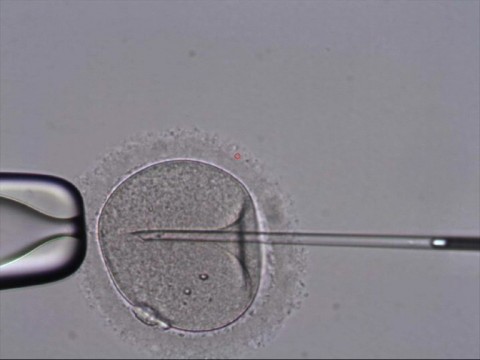Infertility can be Emotional Devastating
Infertility can be emotionally devastating for both people in the relationship. ICSI, or intracytoplasmic sperm injection, is a process that involves placing the sperm directly into a woman’s egg. It results in a fertilized egg in up to 85 percent of cases. This procedure is not a guarantee for conception, but it does offer hope to couples who are experiencing infertility.

Who is the procedure for?
This procedure may be recommended if a man does not have any sperm in his ejaculate. This is a condition called azoospermia. In non-obstructive azoospermia, the man may have a testicle that does not produce sperm. In obstructive azoospermia, the man may have a blockage in the reproductive tract that prevents sperm from being released into the ejaculate. The blockage may be caused by a vasectomy, congenital defect or scarring. This treatment may also be recommend if a man suffers from the following conditions.
- Poor movement or mobility of the sperm
- Sperm that have difficulty penetrating or attaching to an egg
- Reduced sperm quality
- Insufficient sperm counts
- Sperm that are shaped abnormally
ICSI may also be recommended for couples who have not had success by using traditional IVF and when there is a minimal amount of eggs collected during an egg retrieval.
What happens during an ICSI procedure?
The first step to the procedure is collecting the man’s sperm. If the man does produce sperm in his semen, a sample will be collected through normal ejaculation. If there is an obstruction or the man has had a failed vasectomy reversal, the physician will collect the sperm through needle aspiration. The man is usually given anesthesia before the surgery. The physician then places a small needle into the testes and collects the sperm. The procedure is relatively simple; however, the man may have some discomfort or swelling afterward. The physician will then collect eggs from the woman during the right time of her cycle. Prior to egg retrieval, the woman may be given fertility medications that cause mature eggs to develop.
The rest of the process happens in a laboratory. A specialized tool is used to hold the egg in place. The sperm is picked up with the use of a special needle that is hollow. The sperm is then placed directly inside the center (cytoplasm) of the egg.
The egg will then be monitored to check for fertilization. If successful, the fertilized egg will be placed in the woman’s uterus three to five days after the ICSI procedure. The woman will then be monitored to see if implantation occurred. Her physician may order blood tests or ultrasounds to confirm the pregnancy. After the procedure, the woman’s physician may prescribe medication to prevent infection.
Are there risks to the ICSI procedure?
A couple who uses the ICSI procedure has a greater chance of conceiving multiples. There is also a slight risk that some of the eggs can be damaged or that the baby will have a birth defect. While some of the studies do offer conclusive results, there may be an increased chance of miscarriage, infertility in the child in adulthood, heart defects in the baby and developmental or learning disabilities in the baby.